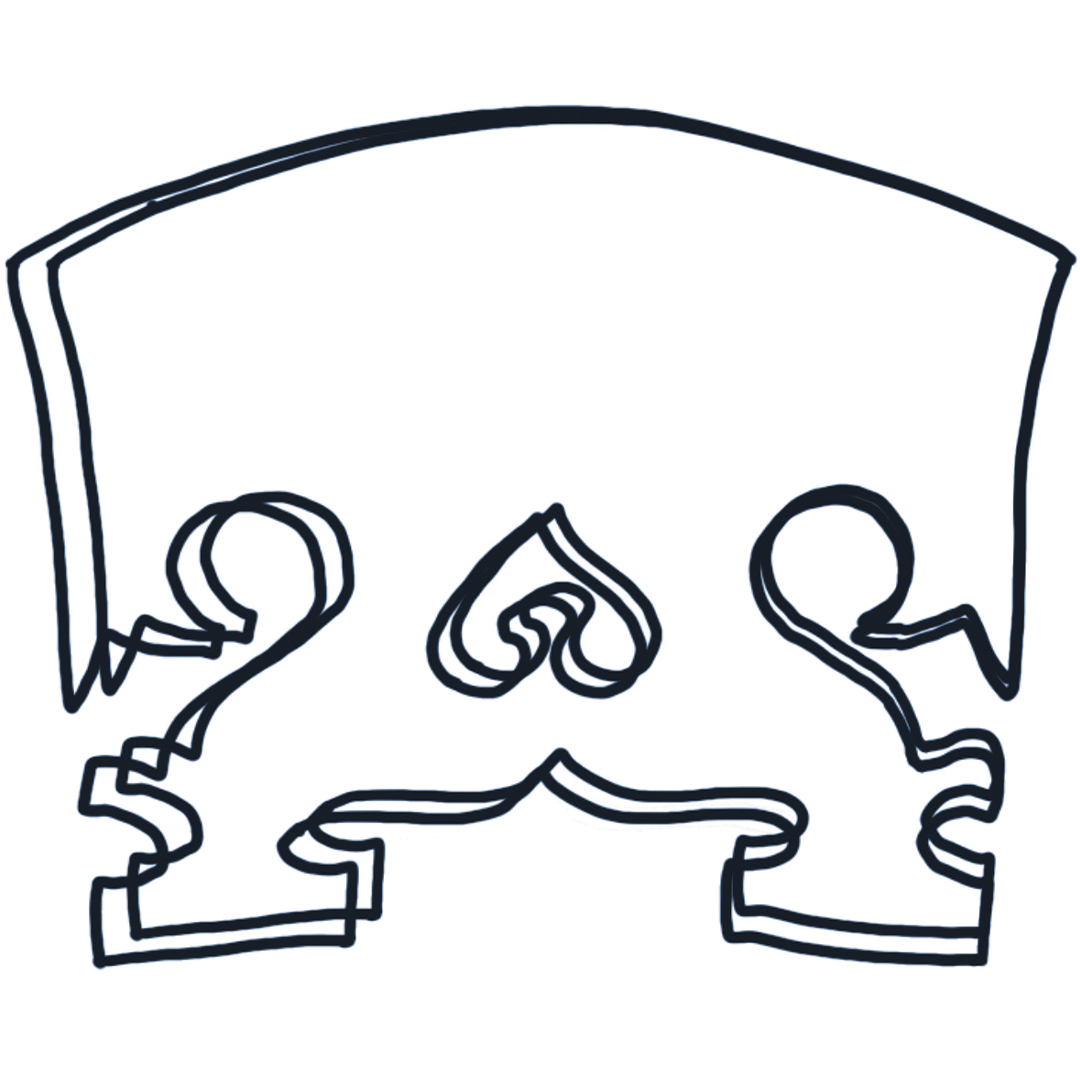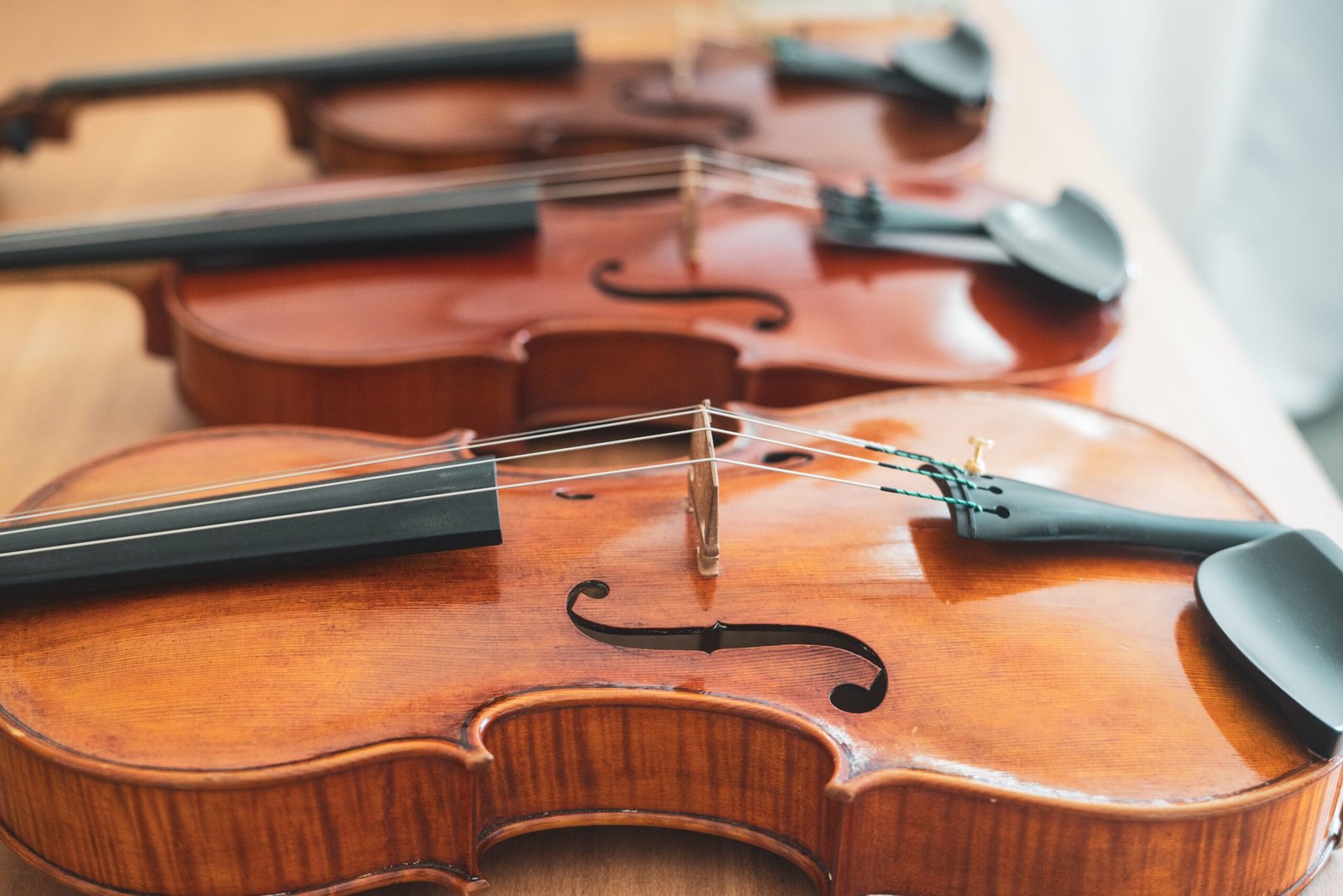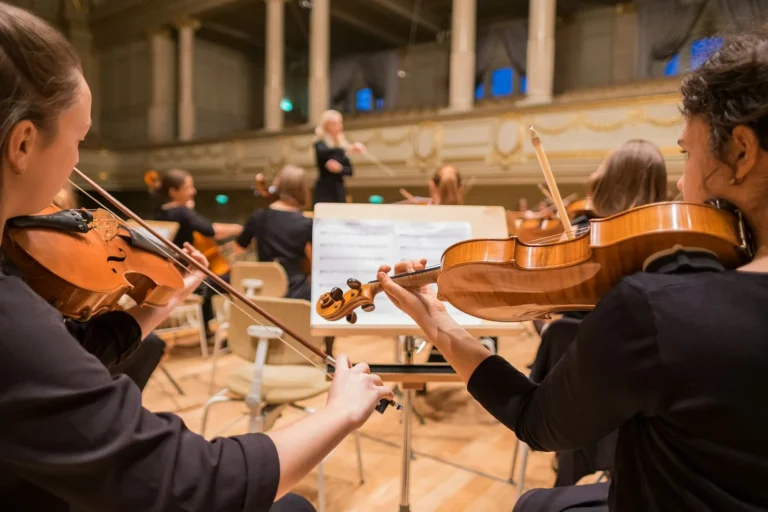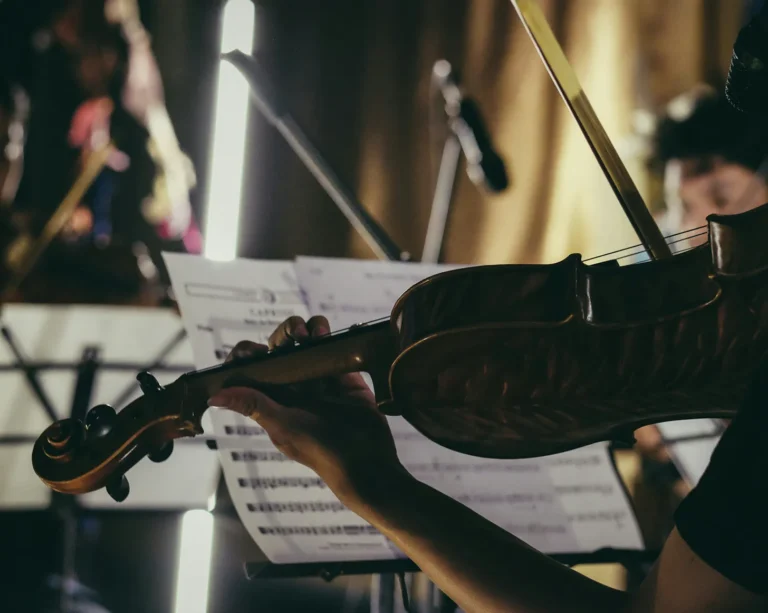So You Want to Play Viola? Here’s How to Find the Right One
Practical advice on renting, buying, and finding the right size viola for violinists ready to explore
You’ve thought about trying the viola. Maybe you’ve borrowed a friend’s instrument during a break at orchestra or quartet rehearsal, or read about why switching to viola might be rewarding, and now, you’re ready to find your own instrument.
Based on my experience as a violinist who also plays viola, here are some practical suggestions to help you start your search.
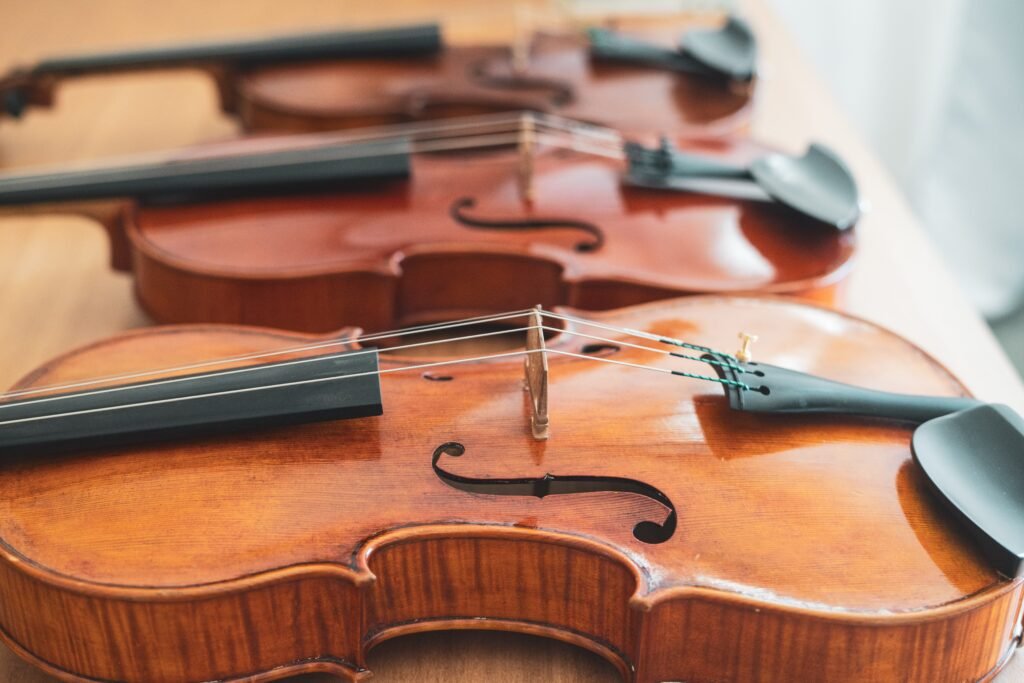
Rent or Borrow
If you’re unsure whether you’ll stick with the viola long-term, renting or borrowing is likely the best starting point. Even if you think you will, there are some benefits to renting or borrowing first. Most rental programs don’t require a lengthy, so you can often rent a viola for a month just to try it out.
Another benefit of renting is that you can experiment with different sizes. Since you’re used to the smaller violin, you may initially prefer a smaller viola, but with time, you might find a larger one more comfortable. Most instrument rental programs will allow you to exchange your instrument for a different size periodically. After all, rental programs mainly cater to young, growing students. Many shops also allow you to apply rental payments toward a future purchase.
Borrowing from a friend or chamber music partner is another great low-cost way to try the viola. The only downside is that you won’t be able to choose the size, but trying someone else’s instrument is a great place to start exploring if the viola is for you. I’ve been lucky to borrow violas from generous fellow musicians, and it gave me insight into what to look for in my own instrument.
Find the Right Size
Violas in size more than violins, and playing one that’s too large can lead to strain or injury. Trying different sizes at a violin shop is the best way to discover what feels comfortable to you. The staff can help recommend a size, but remember that setup also matters. Some larger violas are surprisingly easy to play due to setup, while some smaller ones might feel awkward to play.
Try as many violas as possible before deciding on one to buy.
Buying from an Individual
Student-level violas often appear for sale at reasonable prices through individual sellers. This can be a budget-friendly way to get started, but it comes with some risk. If you find one through a teacher, friend, or colleague, you may be able to try the instrument for a short period before making the purchase.
Local platforms like Craigslist, Facebook Marketplace, and Nextdoor sometimes yield good deals, especially when students upgrade or move. Just know that instruments sold this way may need significant work, and sellers often lack the expertise to answer the more nuanced questions about condition.
Tips for buying from an individual:
- Look within your network of musicians. These sellers are more likely to have well-maintained instruments.
- Watch for listings from students who are changing sizes or graduating.
- Try the instrument before buying. Examine the instrument for setup and repair needs and ask the buyer questions about the instrument. Do the tuning pegs work? Is the bridge straight? Are there any obvious open seams? Are there prior repairs? What shop performed the repairs?
- Bring the instrument to a violin shop before purchasing if possible, especially to check for hidden repair needs.
Buying from Online Auctions or Listings
Many will advise against going this route, and it does carry more risk. You can’t play the instrument first, and listings don’t always show the full condition. That said, lower prices can sometimes make it worthwhile if you’re informed and know what to look for. This is not a route I recommend to those who know little about violin family instruments or can’t afford to make a mistake on a purchase.
Tips for navigating online listings and auctions:
- Take some time to learn about instruments. Read discussions on Maestronet to learn more about violin setup, repair, and the violin trade in general.
- Study photos and descriptions carefully. Ask for more images and information. How long has the instrument been stored? How was it used?
- Confirm what’s included in the listing such as a bow, case, or additional accessories.
- Compare pricing to similar instruments at auction and retail. Expect auction prices to be around 50% of shop prices.
- Use the “make an offer” feature when available. Sellers on platforms like Reverb may be flexible, especially if the listing has been up for some time.
- Be realistic about the true cost of the instrument. It could need $1,000 in repairs or just a new set of strings. Usually it’s somewhere in between. I typically factor in the cost of some basic setup and repairs such as closing open seams and a new bridge when I’m making an offer on an instrument. I always expect that the instrument will need a new set of strings.
I’ve found great deals online, like a Jay Haide Ancienne model for $300, but I’ve also also had some bad luck like when I purchased a $500 Ernst Heinrich Roth viola that required a full neck reset to be playable. Fortunately, the bow that came with it is now my go-to. With careful communication and some luck, buying instruments online can work, but it’s definitely not for everyone.
Buying from a Shop
If you’re ready to commit to playing the viola, purchasing from a shop is the safest way to go. Reputable shops sell instruments that are properly set up and often allow in-home trials. They may also offer trade-in policies if you want to upgrade later.
Bring a friend, teacher, or trusted player with you to help evaluate instruments. Don’t just spend one day trying instruments.
Go to as many shops as you can over a period of time to get a sense of the inventory and the shop itself. If violas in your desired size are difficult to find in your area, try to visit the shops with some frequency to try new stock. Don’t be afraid to try instruments outside of your price range as long as you’ve communicated your ideal price range to the shop before hand. Be realistic about your needs, especially if viola going to be your secondary instrument.
And don’t forget to budget for a bow. You can play a viola with your violin bow, but a viola bow will be much more effective.
Buying from an Online Dealer
If you don’t have access to a local violin shop, purchasing from a reputable online dealer can be a good option. Look for dealers that offer home trials and clear return policies.
Shops like Shar Music, Johnson String Instrument, and Fiddlershop are well-known for student-level instruments and run frequent sales. Watch for overstock, clearance, or trade-in listings. This is a great way to get a playable instrument at a reduced price.
Remember, looking for your first viola should be fun! It’s a time to explore the wide variety of instruments available, decide what sound qualities you like in an instrument, and appreciate the beauty of the viola. While your first viola may not be your “forever instrument,” it can still open the door to a new sound world and ample ensemble opportunities.
This post is part of a series for violinists exploring the viola. If you haven’t yet, check out:
👉 Six Reasons to Add Viola to Your Musical Life
👉 Making the Switch: How to Transition from Violin to Viola with Confidence
📨 Want more tips on playing both violin and viola? Subscribe to Tuning in Fifths for upcoming posts on technique, gear, and musical opportunities.
